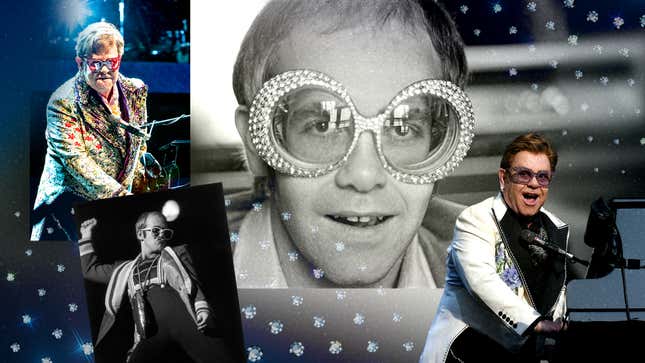
Four years after it kicked off in September 2018, Elton John’s Farewell Yellow Brick Road tour has its final North American dates this November. The site of these last U.S. shows can’t help but stir memories of Elton’s phenomenal imperial phase of the 1970s. They’re held at Dodger Stadium, the venue where he gave two concerts in 1975, not long after releasing Rock Of The Westies, his second number-one album that year. The concerts marked the peak of Elton-mania, but his fame never subsided, and he spent the next five decades in constant motion, playing shows and releasing records at a rate that puts both his contemporaries and disciples to shame.
It’s such a rich, prolific career that it’s sometimes necessary to take a step back and listen to the songs at the bedrock of his legacy—songs usually composed in conjunction with his lifelong collaborator, lyricist Bernie Taupin. On November 20, Disney+ will stream Elton John Live: Farewell From Dodger Stadium—the Rocket Man’s historic final bow. The A.V. Club saw this as a welcome opportunity to revisit a catalog that has few peers in popular music. Here, we count down (and rank) Elton’s most essential songs.